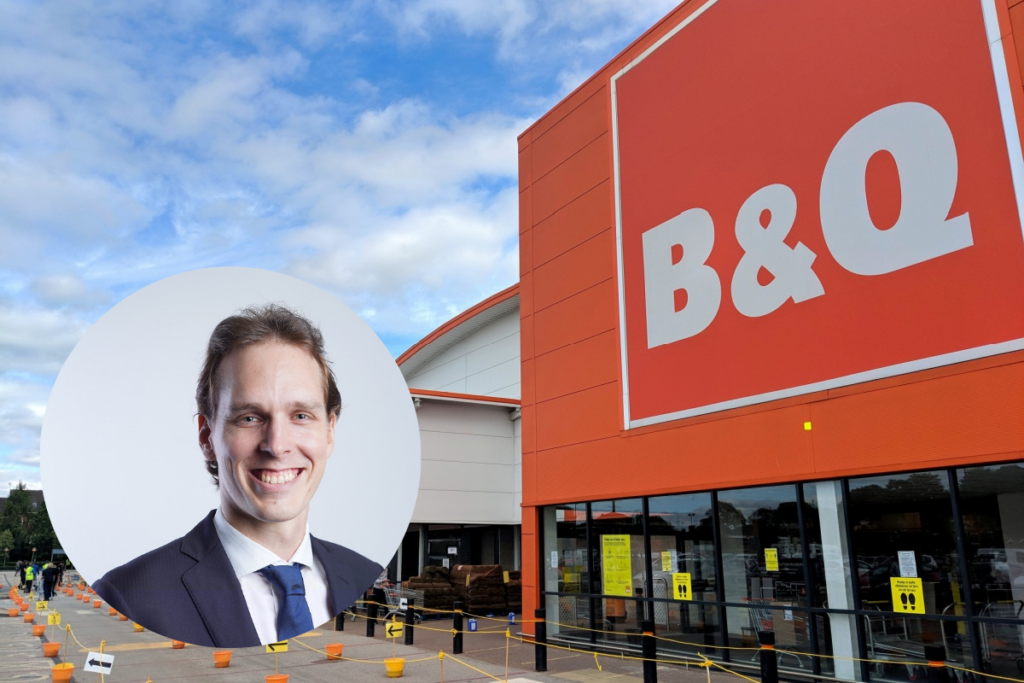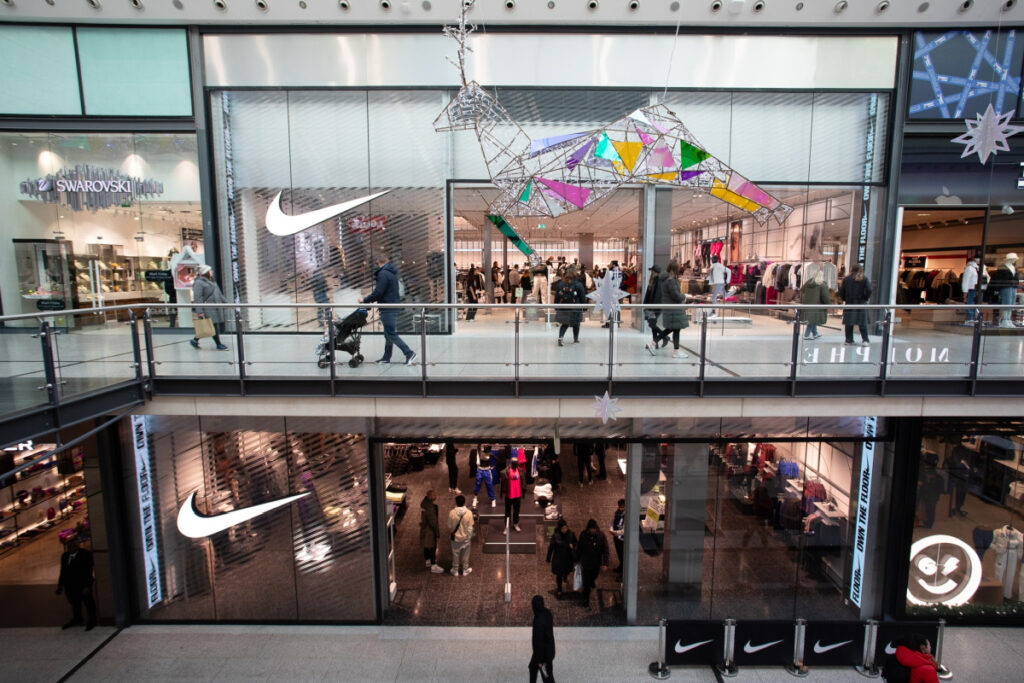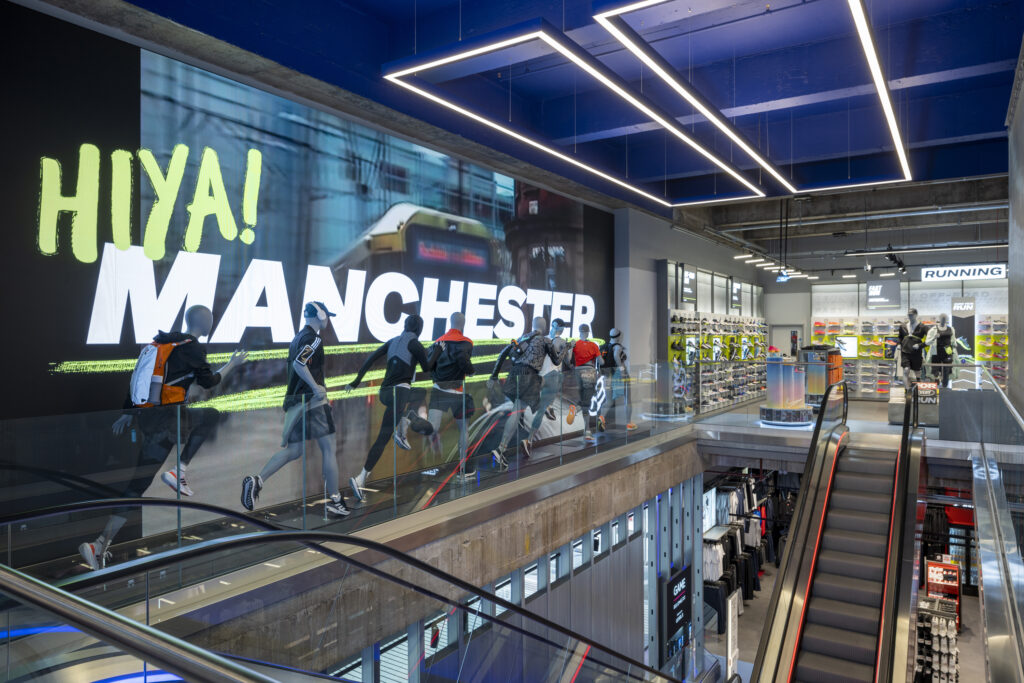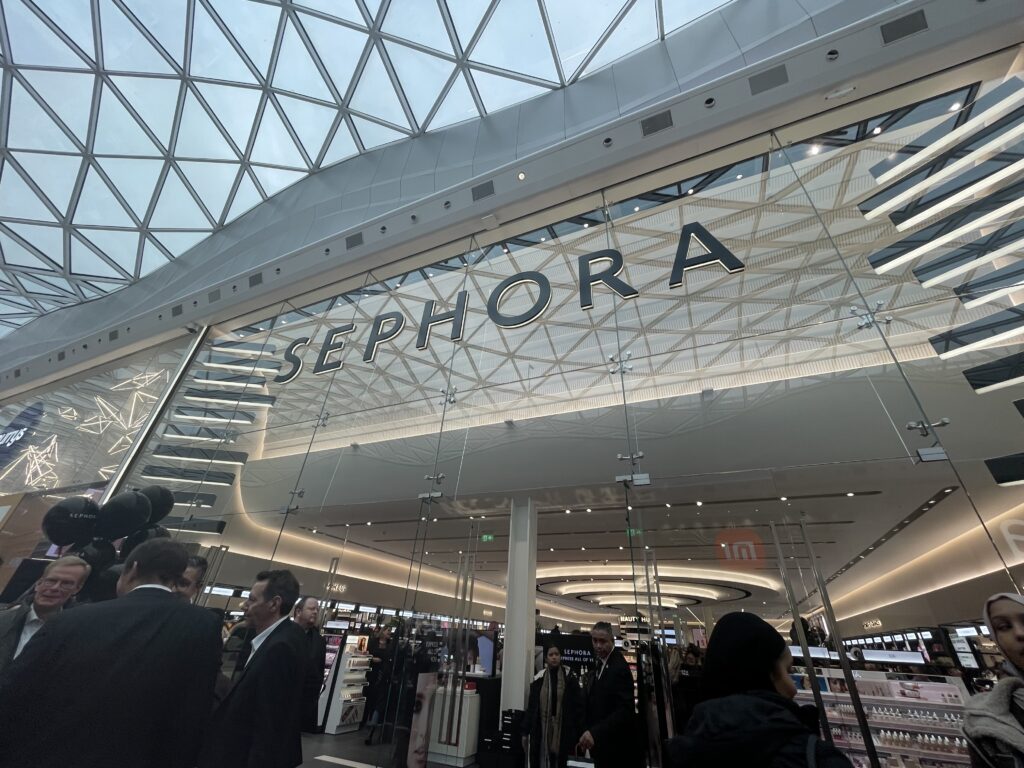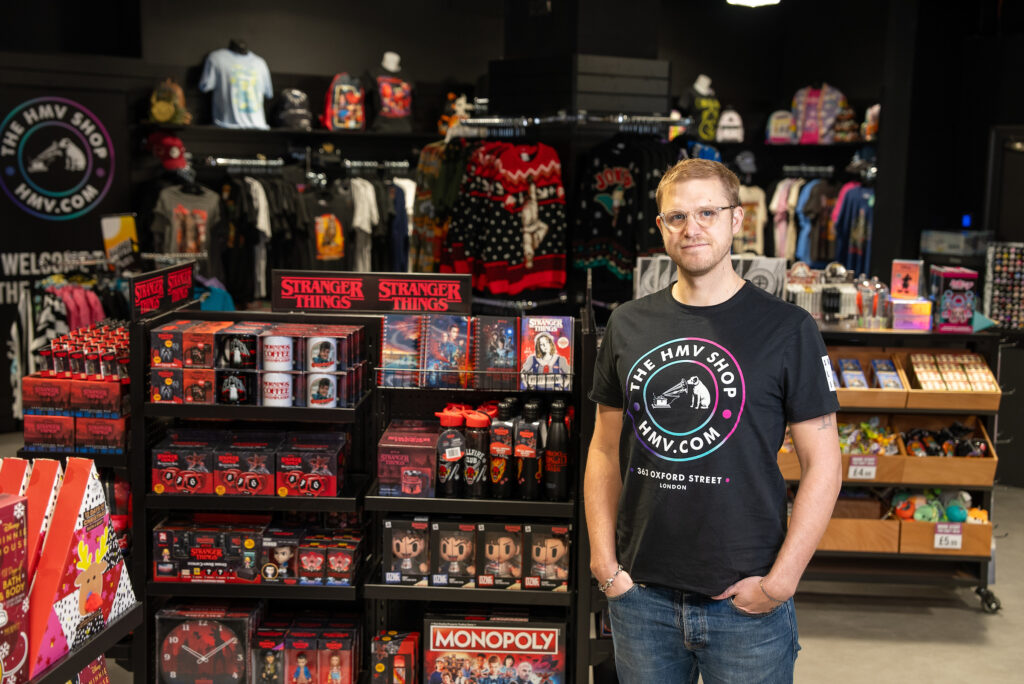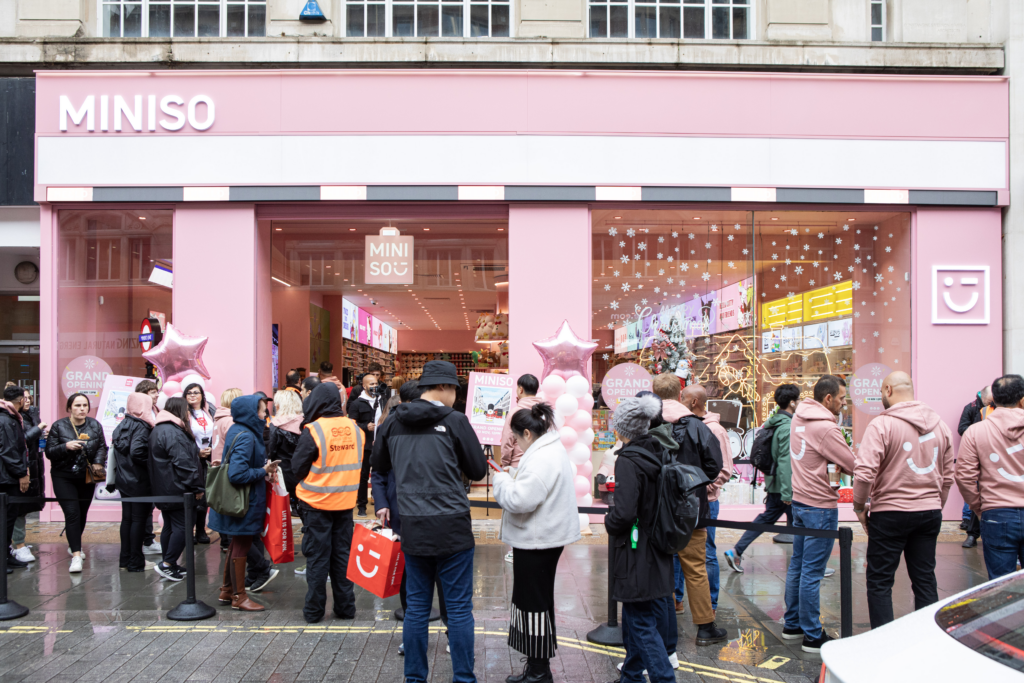During December, the UK’s retail industry endured the worst Christmas trading for a decade, thanks to combination of dwindling footfall, stagnant in-store sales and the slowest month of growth in online sales.
This poor performance was not confined to the well-publicised decline on the high street, with a report from analyst Nelson Blackley just a month earlier warning that up to 200 shopping centres across the UK were due to fall into administration, potentially causing “catastrophic” ramifications.
Two weeks after the report was published, 800 miles away in the sunny South of France, outlet specialist McArthurGlen revealed that sales at its brand partner stores rose 13 per cent year-on-year, and that it planned to pile €1 billion (£876 million) into its 24-shopping centre portfolio over the next three years.
“We’ve just announced that our top 100 brands have been growing like-for-like eight per cent year-on-year, compared to the high street which is probably one per cent or flat, so we’re still getting incredible growth even through difficult times,” McArthurGlen’s leasing director Adrian Nelson told the Retail Gazette.
The outlet model may be relatively new to the UK compared to other retail destinations, but it is clearly outperforming them on a significant scale.
Like a misjudged younger sibling in the retail family, outlet centres’ potential has only begun to be fully understood and appreciated by the industry in recent years as the model reaches maturity.
When it was first introduced to the UK in the 1990s, outlet centres were largely viewed by brands simply as a method of clearing unwanted stock.
“If you can still be aspirational in terms of your shopping but do it at a discount it’s really attractive, so whatever happens outlet is in quite a nice place.”
“Historically it would literally be a retail director saying ‘I have some stock to clear, let’s do an outlet’,” Nelson said.
“Tthe big thing that’s changed is the outlet has gone from being just a way of clearing products and now what you have is a proper channel.
“Most businesses will have a dedicated director running it, they will have merchandising teams, they run it as a proper channel, it’s a good way of cleaning up their business.”
A large factor in retailers’ initial reluctance to fully embrace outlets was a fear that a cut-price store would devalue their brand.
The success of outlet centres like McArthurGlen’s have gradually convinced even the most prestigious brands of the model’s intrinsic value.
“Now everyone has realised that it can be really big volume profitable and it fits really well with the structure of the business, so now it’s got real focus and that focus has helped growth constantly,” Nelson added.
“Because it’s got better staffing, the stores now look almost full price. That’s because they’re saying ‘okay this isn’t a dumping ground, this reflects my brand’.
“The fact you have Gucci and Prada, they’re not afraid to be seen in that environment, I think 10 years ago they would have been.
“In lots of ways they feel very comfortable, particularly working with the big operators like ourselves.”
Like most younger siblings, it’s also the differences between it and its more traditional and established counterparts which make it so successful.
Most obviously is price, which Nelson believes is especially relevant in an economic downturn.
“In the good days when people have money people still want to shop, in the bad days when money’s tight, discount sells,” he explained.
“So actually, if you can still be aspirational in terms of your shopping but do it at a discount it’s really attractive, so whatever happens outlet is in quite a nice place.”
Perhaps more importantly is the fact that outlet stores operate on a turnover leasing model, whereby the retailers’ rent is largely calculated on how well they’re performing.
This not only eases the rental burden currently facing a lot of retailers on the high street, but means that both landlord and tenant are completely aligned, both focused solely on driving sales.
“Our relationships are all brand related, everything is about brand relationships,” Nelson continued.
“We’ll go in and the first thing we’ll talk about is performance, we’ll talk about conversion, average spend and transactions just as if we were a retailer or department store.
“We get daily sales data on all of the brands, we know exactly what their business model is, we can see if they have a strong selling team from their KPIs, all sorts of different stuff which a normal landlord would just not be interested in.
“I’d say that’s probably the one thing we are is agile, because our leases and everything we do is designed to keep changing and moving.”
“This is a much more meaningful conversation, that common alignment is what’s made outlet a successful model.”
Despite its clear advantages over other models in times of economic uncertainty, its is by no means impervious to the current troubles facing retail and the economy at large.
For Nelson, the only way the outlet sector can hope to futureproof itself its to be prepared to change constantly, remaining able to react to each and every change.
“That’s a hard one and I can’t say for the industry, all I can say it what’s its meant for us is you have to get far closer to your brands and far closer to your shoppers, and that does mean understanding more and more about what they’re doing, who they’re appealing to and constantly reinventing yourself,” he said.
“The challenge is the whole industry is moving so quickly, not only the retail industry but the shoppers’ expectations, it’s hard to keep up with it, you have to be very agile.
“I’d say that’s probably the one thing we are is agile, because our leases and everything we do is designed to keep changing and moving.”
Click here to sign up to Retail Gazette‘s free daily email newsletter



